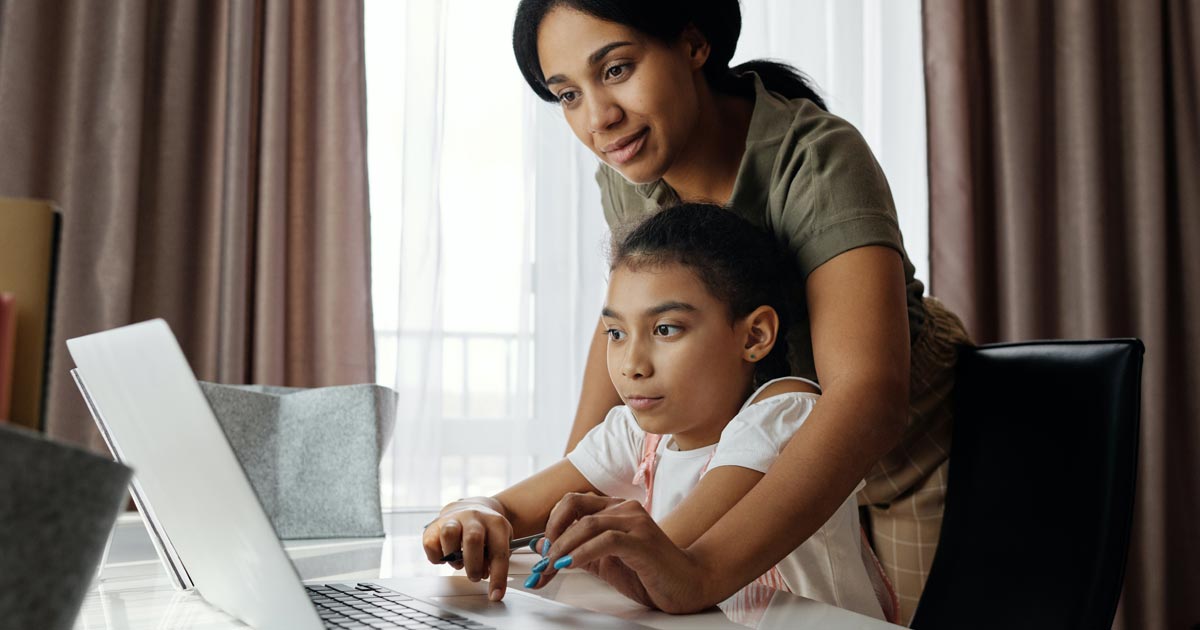Back to School 2020 is certainly like no other I've experienced in the past 12 years as a parent of school-aged kids. Typically, this is a time of joy: back-to-school shopping, open houses to meet new teachers, planning that perfect first day of school outfit. And for parents ... The anticipation of a much-needed break and perhaps even a little more "me" time.
But here we are. I could go on again about the grief I'm feeling related to the pandemic, but school is starting next week for my three boys—ages 16, 16, and 13—and frankly, I don't have time for that. It was only recently announced that the first three weeks will be virtual; my gut is telling me it's going to be longer.
Whenever I'm faced with a transition period, like summer break, I plan. With three kids and a full-time job, it's what I've always done. These plans don't always pan out perfectly—actually, they never do—yet it gives me a sense of confidence and also sets the tone for a more peaceful household.
So I quickly started doing some research. I attended a webinar on How to Study at Home Effectively, read articles, and consulted my friend and adolescent expert Katey McPherson, whose four girls started virtual school a couple of weeks ago.
These tips are somewhat broad, as kids have different learning styles and needs. But it's a start!
Set Up Their Workspace
Consider ergonomics—the science of fitting a workspace to a person's needs—including:
- A desk space free of clutter and with space to spread out, or a standing desk.
- A comfortable chair. Another option is a Wobble Stool, for kids who learn better when moving.
Good lighting is also important. You might consider buying glasses that filter out blue light from screens, especially if you hear complaints about eye strain and headaches.
Limit Distractions
Choose a quiet area with the fewest distractions. Limit social media, gaming and web browsing, as studies show these negatively affect performance.
For our family, I plan to implement the same rules that applied when they were in school: Using Apple's Screentime function, all social media and other nonessential apps are disabled during the school day. Katey suggests implementing these rules from day one, as it's much harder to go back and implement later.
Create a Schedule (But Be Flexible)
Plan to start and end at the same time every day but be willing to adjust as needed after you see how things go. Kids will have a hard time sitting in front of a laptop for hours. That's why it's important to implement brain breaks. Katey notes students should be moving their bodies every 20 minutes—standing, stretching, et cetera, for at least 30 seconds and up to 2 minutes.
Focus on Healthy Bodies, Healthy Minds
Experts agree: Exercise is critical to healthy bodies and increasing attention. "A minimum of 30 minutes of cardio should be built into their schedule, Katey said. "Starting out the day with exercise might be a good idea, too."
Hydration is a must.
"Have water right next to them and let them eat every two hours, instead of going long periods without. Protein-based snacks like turkey jerky, avocado slices, almonds and protein shakes—brain food!—are best. Save the sugary drinks and Cheetos for special rewards. Spearmint gum can also help some kids focus."
While Back to School 2020 certainly is unique, I know MY attitude is: What's going to have the greatest impact on my kids' experience and success?
This isn't going to be perfect. But keep in mind this isn't permanent—and our teachers are doing the best they can. Having patience, being flexible and taking care of ourselves is important.
Let's show our kids how it's done.
Written by Jill Carroll, Marketing Manager for West Michigan Woman.




